Untouched Mexican countryside passes languidly by outside of the window, invoking nostalgia for a Mexico long forgotten. The train snakes along rusty tracks, rolling by the outskirts of Guadalajara towards the blue-green agave fields of a once gold rush town where cowboys still roam.
The city of Tequila predates the spirit, yet it’s the fiery liquor that left its mark on the Jalisco region. To this day, the Jimadores, or agave farmers, are still found in the fields, cutting the leaves from the agave plants by hand with the same flat-circular coas that their grandfathers used.
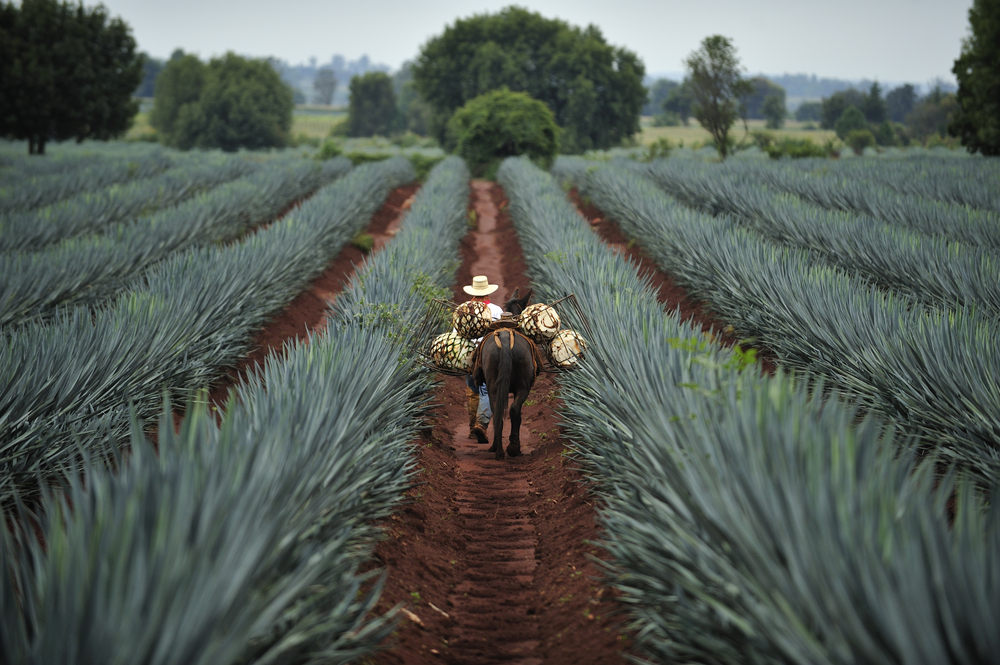
I left Guadalajara in a vintage style black-and-gold train, a nod to railway travel of bygone eras. The Jose Cuervo Express, however, had the added bonus of having our own master tequilier (sommelier of tequila) on board. Three tequila tastings and one lesson in agave purity later, we pulled into the station in Tequila town.
Tequila’s colorful buildings, quaint cobblestone streets, and seventeenth-century church are enough to make the town a charming day trip from Guadalajara. The mountainous backdrop is breathtaking, and there’s something to be said for hiking or horseback riding through pristine nature while a 30,000 year old volcano looms in the background.
However, like so many others before me, what had really brought me to Tequila was the draw of learning more about the “Regalo de México para el mundo,” (Mexico’s Gift to the World), from the source.
“Tequila is an experience of the senses,” we’re told by Ishmael, a fourth-generation jimador who was leading us through the agave fields on horseback. “You smell it, taste it, and even feel it. Here, you become a part of it.”
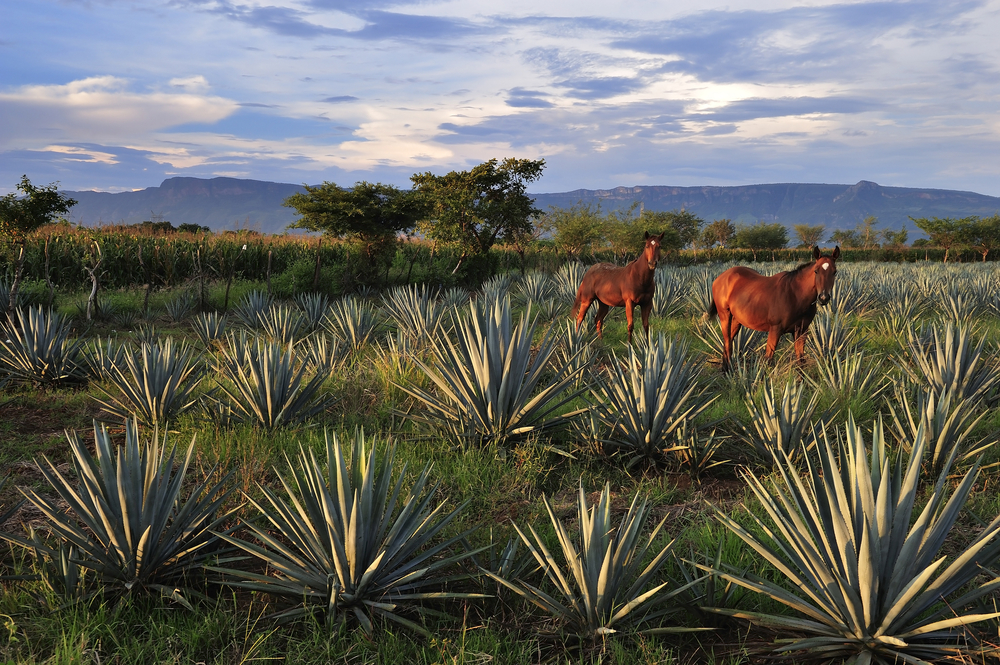
The horse in front of me kicks up his feet, while the still smoldering Volcán de Tequila sits dormant in the distance, it’s rich volcanic soil being responsible for the agave’s growth. Both legend and name note the volcano’s role in Tequila’s story.
“Tequila is a gift from Mayahuel, the goddess” Ishmael explains. “She sent lightning to the fields near the volcano,” he tells us, pointing to Volcán Tequila in the distance. The stories say a blot struck an agave plant, releasing the plant’s sweet nectar, and the rest is history. As a nod to it’s volcanic past, the word tequila itself actually means “lava hill” in the Nahuatl language of the Aztecs.
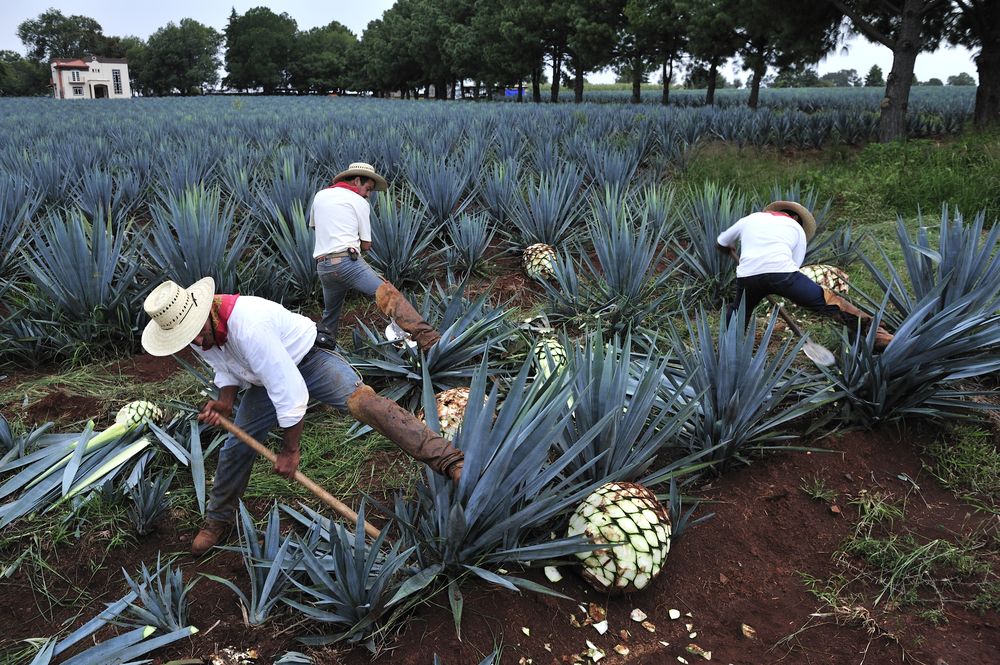
While the spirit has been in artisanal production for generations, it was a gringo who brought tequila to the world. A master distiller from Siete Leguas is credited with creating the blend that became Patrón, but it was American Martin Crowley’s marketing mastery that launched it to international fame.
Since the success of Patrón, local distilleries started producing several other gringo-fronted brands, often making tequila for multiple brands at the same time. Even Casamigos, the tequila goldmine founded by George Clooney, was first produced by an anonymous distiller in Jalisco.
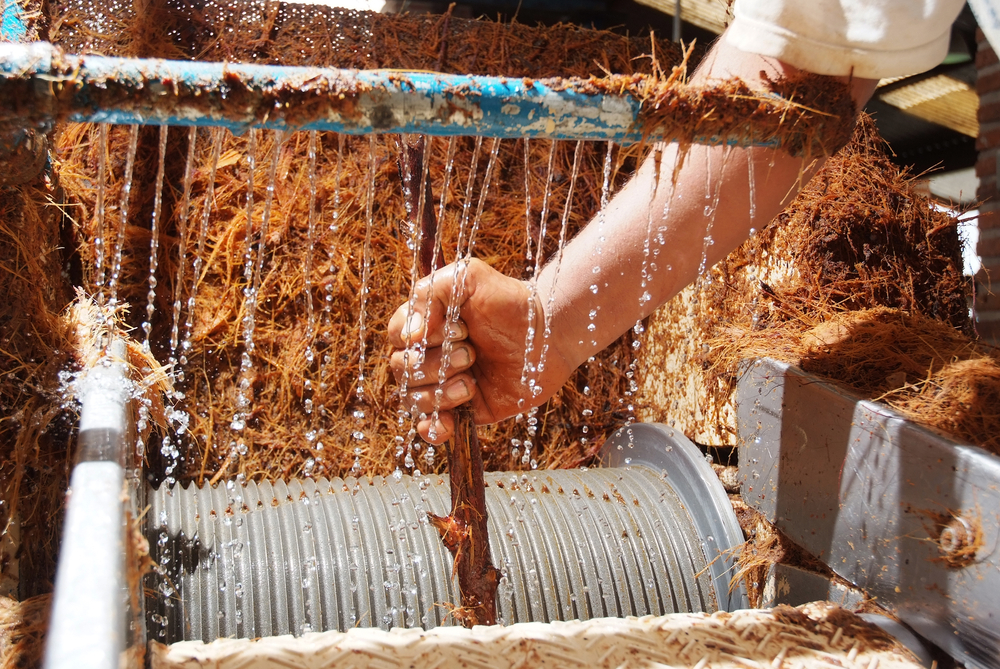
In the Highlands town of Anonolico Los Altos outside of Tequila proper, some family-run operations prefer to keep their tequila production artisanal. La Alteña distillery is one such factory, recognized for using the same handcrafted processes in their tequila making for more than 80 years.
According to master distiller Carlos Camarena, the best sipping tequila needs to be 100% agave. “If you’re not sure – rub the tequila on your hands. If your hands are sticky, then something was added – it’s not 100%.” If your hands end up dry and oaky smelling though, you’ve got a tequila worth savoring.
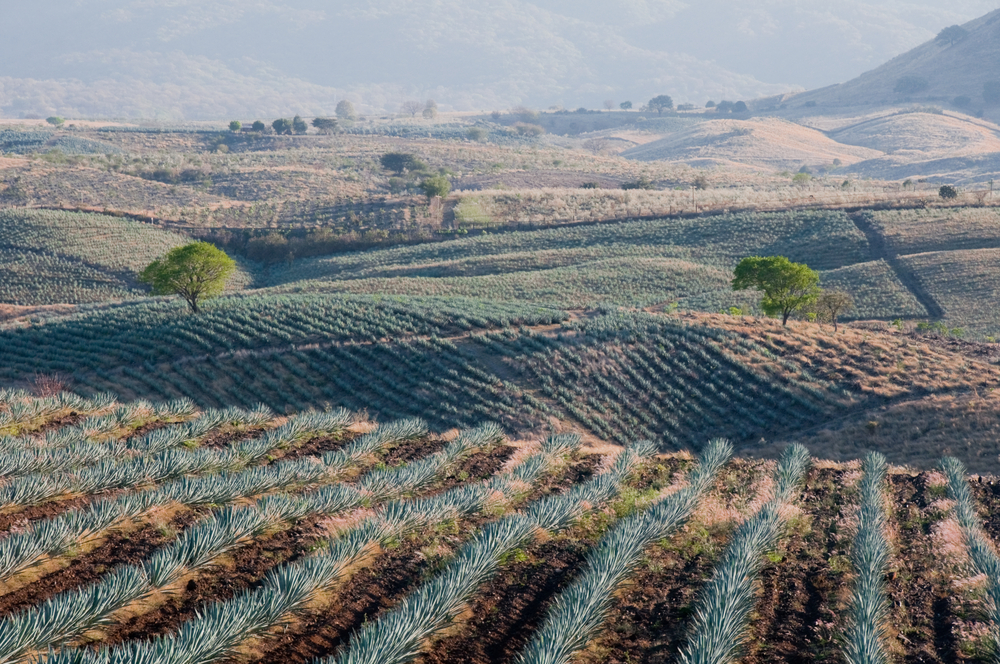
And the best way to drink a well-made spirit? “Take a breath, hold it in, then take a sip. Swallow first, then breathe out,” explains Camarena. Apparently, this takes out the burn, allowing your taste buds to fully marinate in the complex flavors.
I tested the technique several times, without much success. In fact, it seemed that more that I tried, the worse I got at it. By the time I’d given up, the sun was setting over the highlands and it was time to wobble out onto the cobblestone streets and head back to Guadalajara. With one last look over the Mexican heartland, I said a reluctant goodbye to Jalisco’s tequila trail.
When to Visit:
The weather is best from late fall to spring, when the days are dry and warm and the desert nights blissfully cool. Tequila is one of Mexico’s Pueblos Magicos since 2003, and is an easy day trip from Guadalajara.
Where to Drink:
The two best bars in tequila town are polar opposites. The contemporary La Cata is a self-proclaimed “tequila tasting room,” where you can test nearly all of Tequila’s thousands of brands. Too first world for you? Try La Capilla, an old-school cantiña replete with authenticity and atmosphere, and just a few key bottles to keep your taste buds tingling.